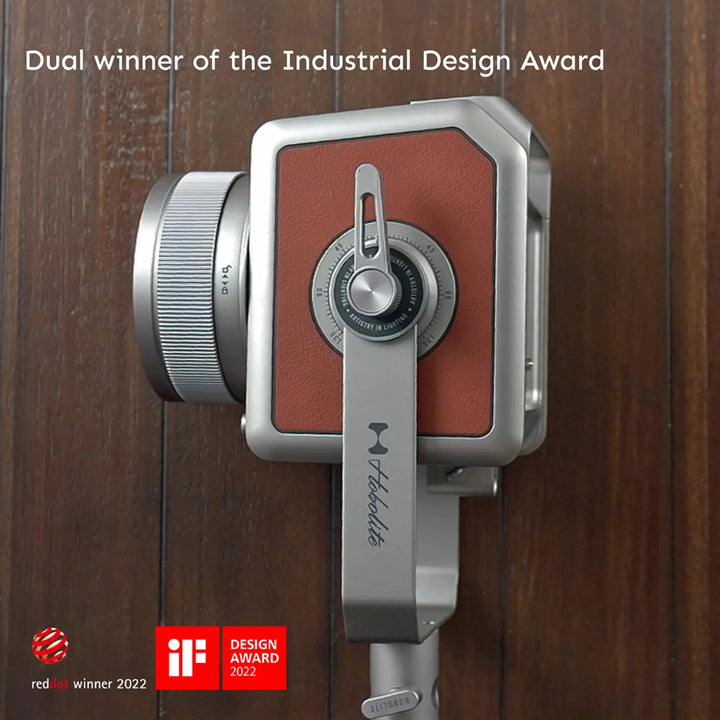Unlock the Perfect Shot: Discover the Secrets Behind Choosing the Best Photo Studio Lights!
Lighting is the backbone of photography, playing a pivotal role in how images are captured and perceived. The right photo studio lights can transform a good shot into a stunning visual masterpiece, enhancing details, colors, and textures. Whether you're a seasoned professional or an enthusiastic hobbyist, understanding how to select the right lighting can be the key to elevating your photography. Factors such as the type of light, power output, portability, and ease of use all come into play when you’re deciding what studio lights suit your needs best. In this article, we will explore various photo studio lights, comparing their functions, advantages, and price points to help you make an informed purchasing decision.

Understanding Photo Studio Lights
Photo studio lights are not a one-size-fits-all solution; they come in various types, each designed to serve specific needs in photography. Continuous lights provide a constant source of illumination, allowing photographers to see the effects in real-time, which is particularly beneficial for beginners and in product photography where detail is paramount. Strobes, on the other hand, produce a burst of light, which is ideal for freezing motion and creating dramatic effects. LED lights have gained popularity due to their energy efficiency and versatility; they often come with adjustable color temperatures and brightness levels, making them suitable for both portraits and video shoots. Each type of lighting has its unique advantages and use cases, and understanding these can significantly enhance your shooting experience.
Key Factors to Consider When Choosing Studio Lights
When selecting photo studio lights, several key factors should guide your decision. Power output is crucial; higher wattage generally means brighter lights, which can be essential for larger spaces or specific photography styles requiring more light. Color temperature is another important criterion, as it affects the mood and tone of your images. For instance, daylight-balanced lights (around 5500K) are perfect for natural-looking portraits, while warmer tones can add a cozy feel to product photography. Portability is also a factor if you plan to shoot on location; lightweight, compact lights are easier to transport. Lastly, ease of use cannot be overlooked—intuitive controls and quick setup features can save precious time during shoots, allowing you to focus more on your artistry than on technicalities.
Comparing Different Lighting Options
As you delve deeper into the world of photo studio lights, you will encounter a range of options, each with its pros and cons. Continuous lights are generally easier for beginners due to their straightforward nature, but they can generate heat and consume more power. Strobes are favored by professionals for their ability to produce high-intensity bursts of light, but they often come at a higher price point and require a learning curve to master. LED lights, with their versatility and low energy consumption, are suitable for both photography and videography, making them an excellent investment for multi-purpose use. However, higher-end LEDs can also be costly. When considering cost versus versatility, think about your specific photography style—portraits may benefit from softer, diffused light, while product photography might require sharper, more focused lighting. Each option has its strengths, and the best choice ultimately hinges on your photographic goals.
Budgeting for Studio Lights
The price range for photo studio lights can vary significantly, from budget-friendly options to high-end professional gear. It's crucial to set a realistic budget beforehand. While it may be tempting to go for the cheapest option, remember that quality often correlates with cost; investing in reputable lighting can enhance your work and save you money in the long run due to durability and performance. Additionally, consider the features you truly need—do you require portability, adjustable color temperature, or advanced controls? Balancing cost with quality and features will help you make a more informed decision that aligns with your photography ambitions.
Final Insights on Choosing Studio Lights
Choosing the right photo studio lights is a critical aspect of photography that can greatly influence your results. By understanding the types of lights available, evaluating key factors such as power output and color temperature, and comparing different options, you can make an informed decision that suits your individual needs. Remember to consider your budget while also prioritizing quality and necessary features. With the right lights, you will unlock the potential to capture breathtaking images that reflect your unique vision and style.







